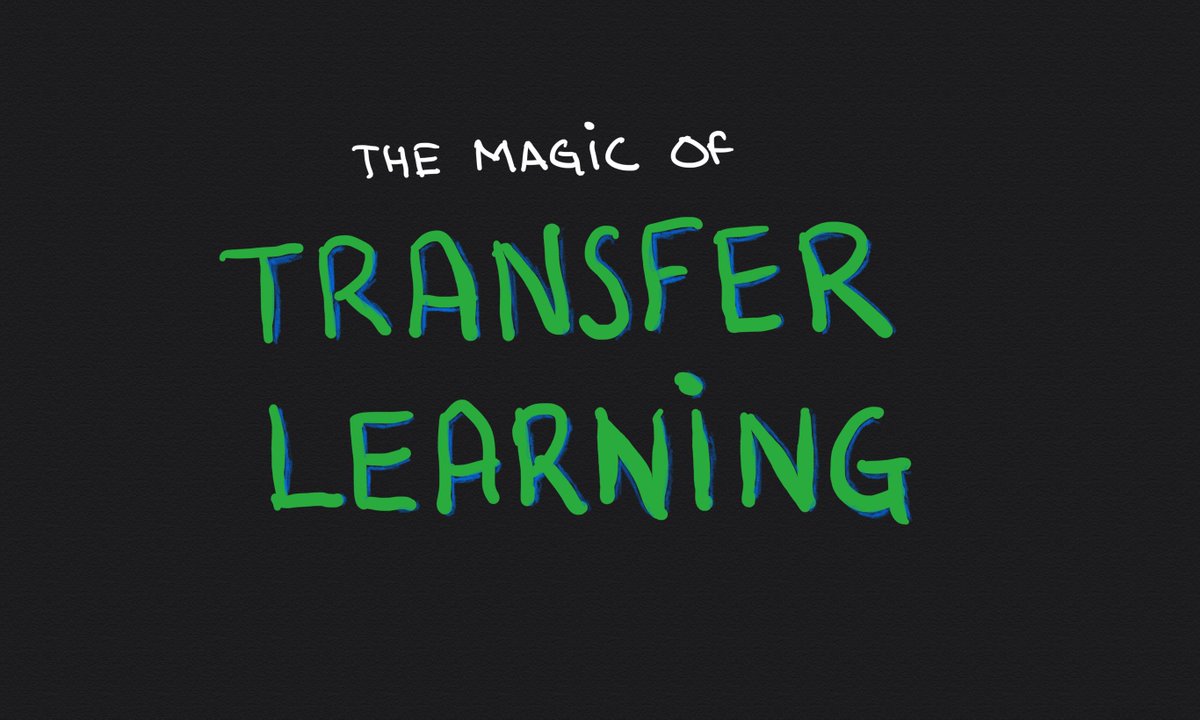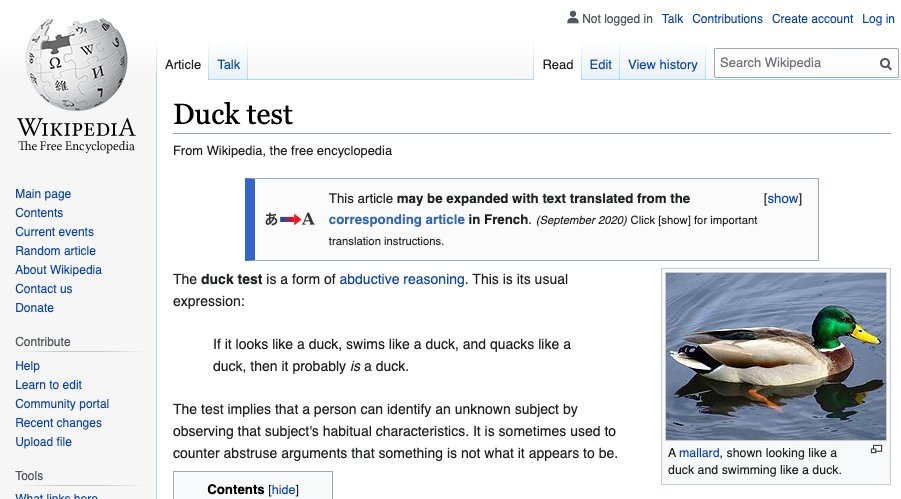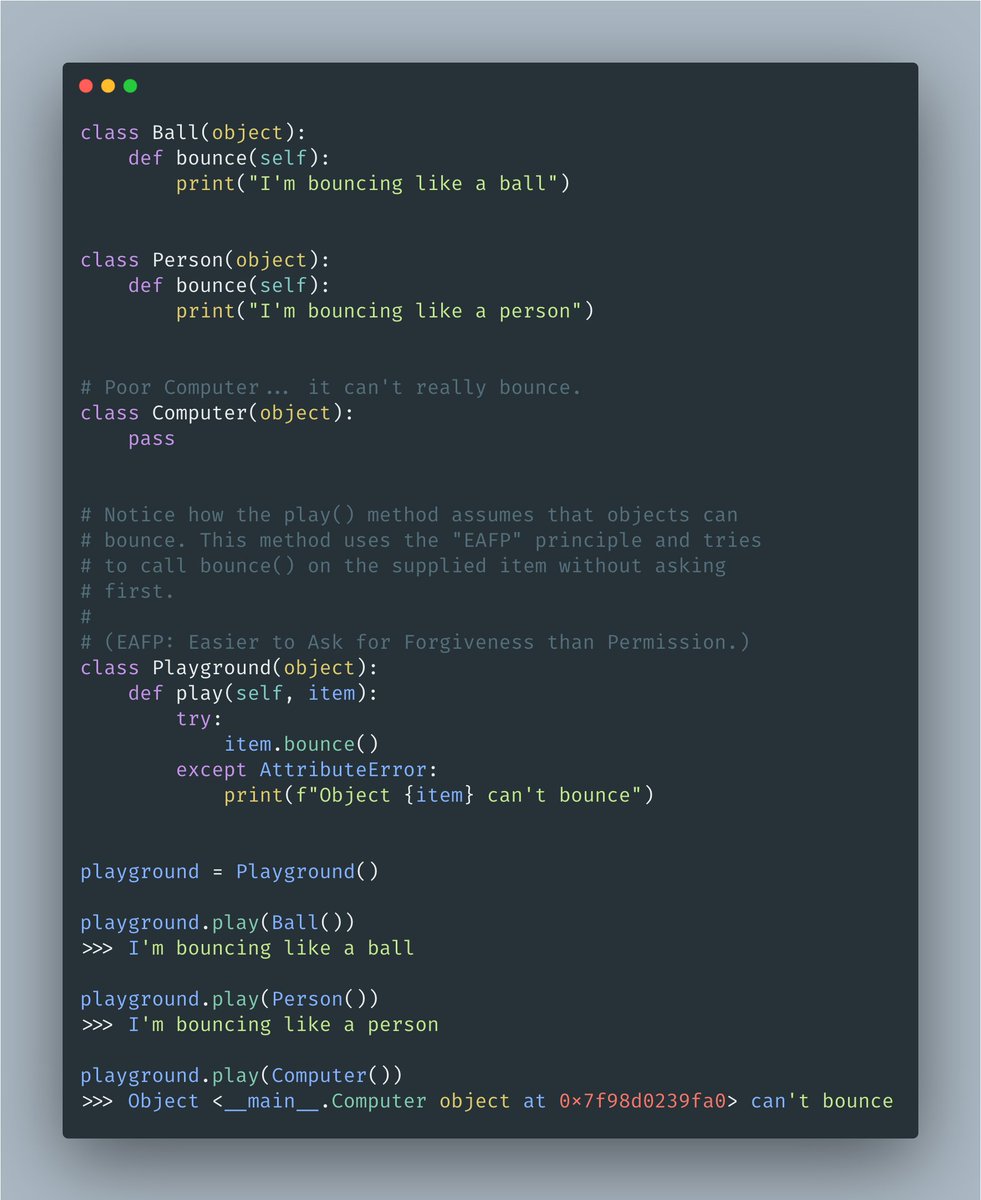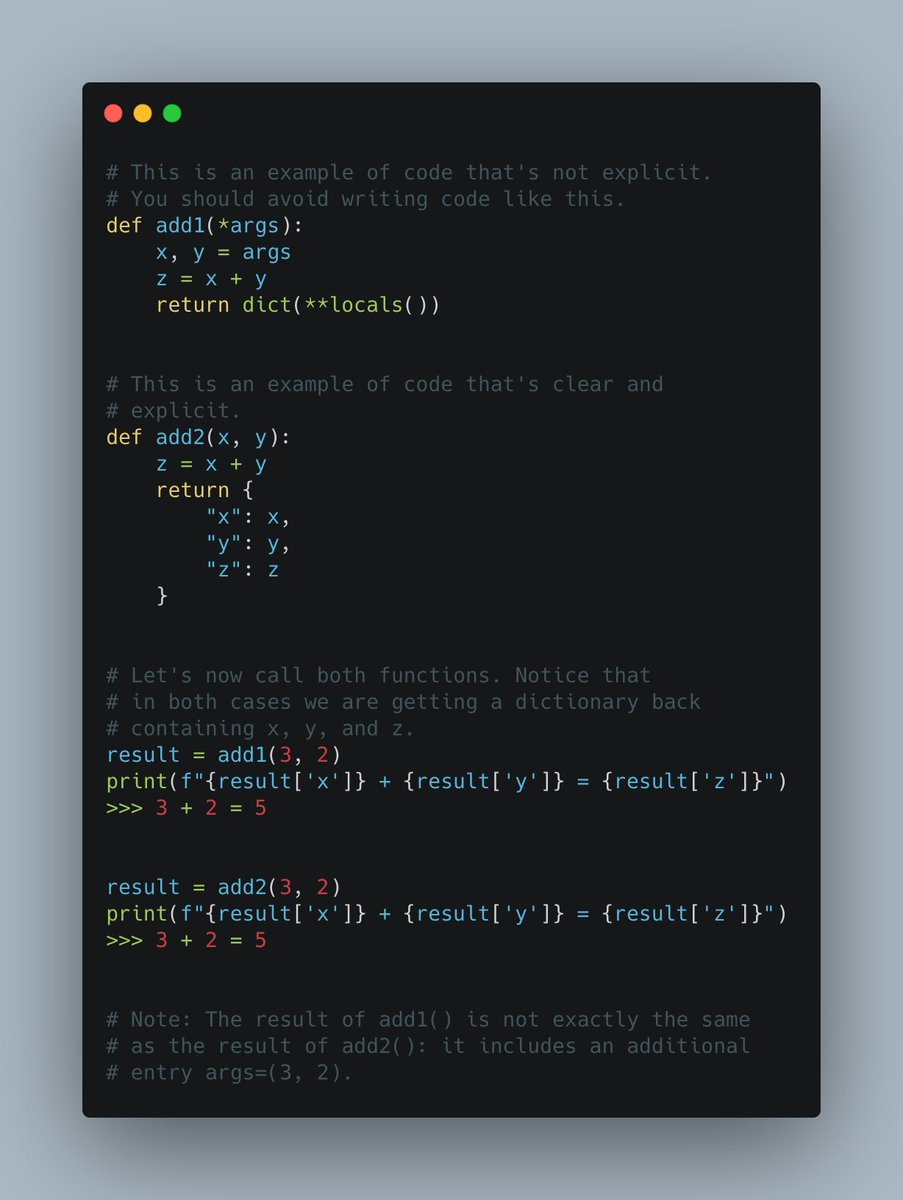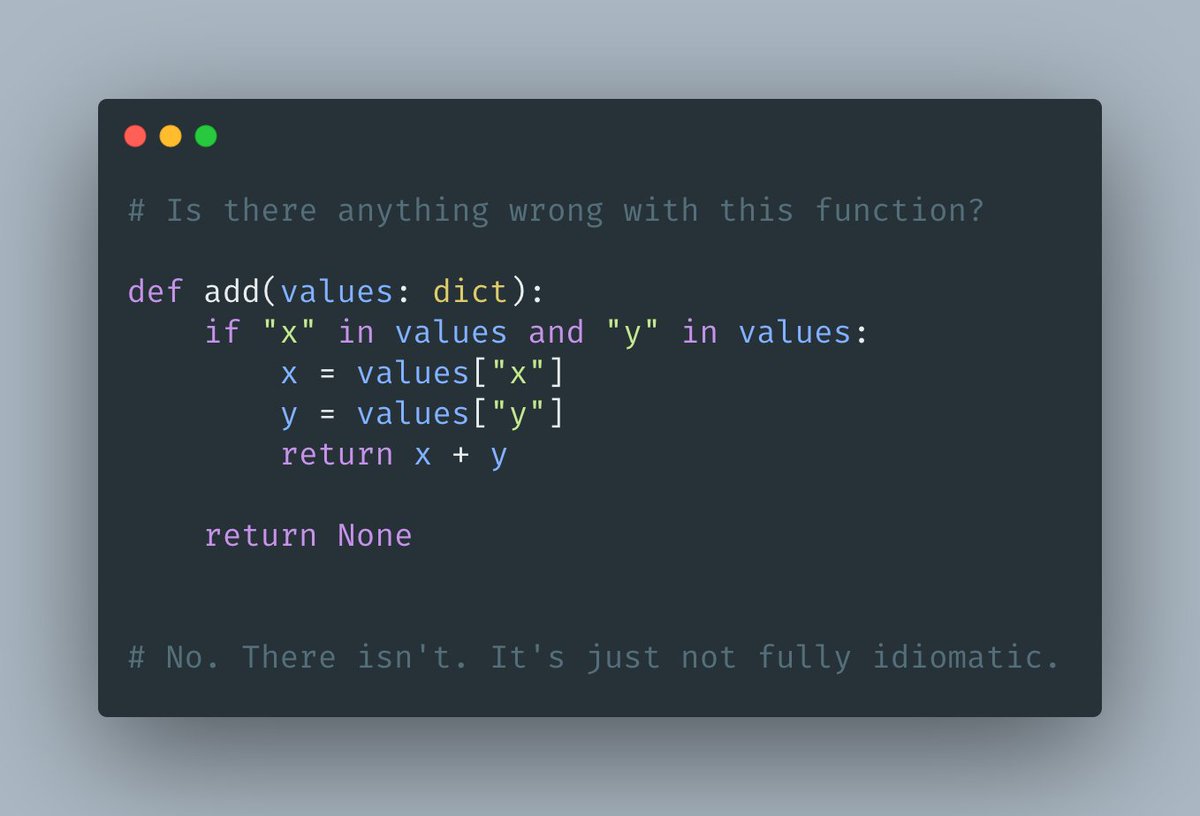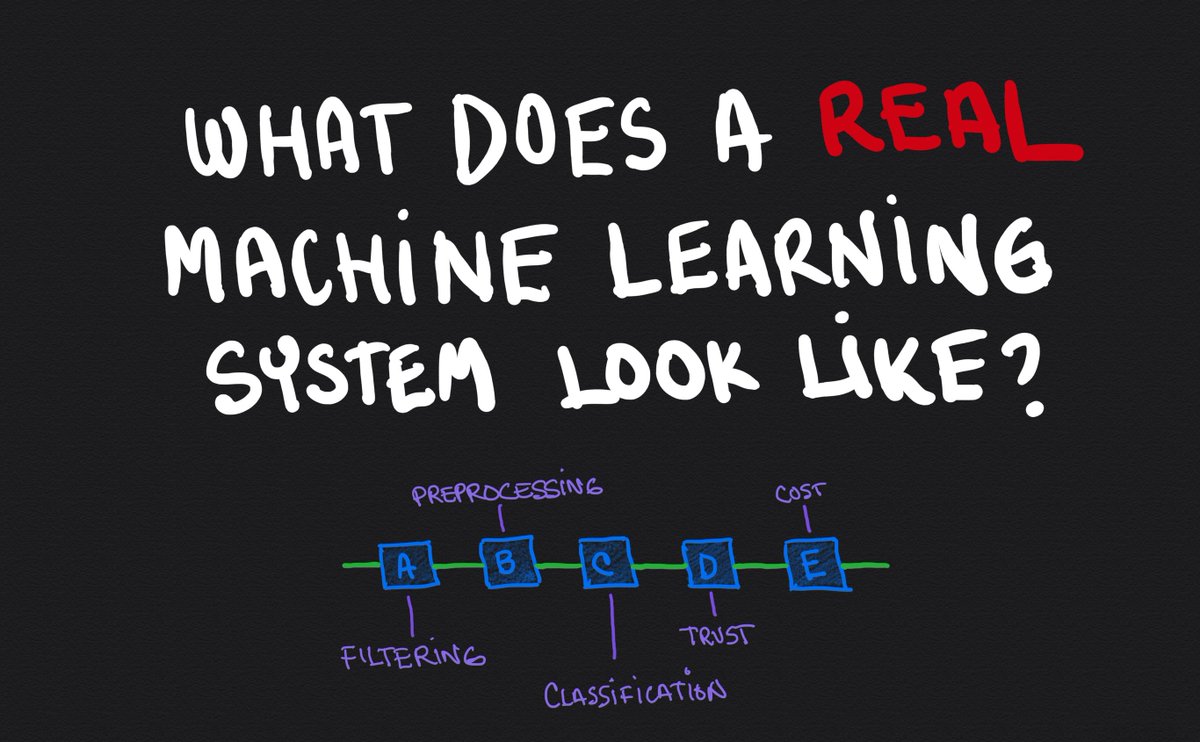
Overfitting is probably the most common problem when training a Machine Learning model (followed very close by underfitting.)
Overfitting means that your model didn't learn much, and instead, it's just memorizing stuff.
👇
Overfitting means that your model didn't learn much, and instead, it's just memorizing stuff.
👇
Overfitting may be misleading: during training, it looks like your model learned awesomely well.
Look at the attached picture. It shows how the accuracy of a sample model increases as it's being trained.
The accuracy reaches close to 100%! That's awesome!
Or, is it?
👇
Look at the attached picture. It shows how the accuracy of a sample model increases as it's being trained.
The accuracy reaches close to 100%! That's awesome!
Or, is it?
👇

The red line is the accuracy of the model predicting the same data we used to train it.
That sounds suspicious.
Imagine you studying a bunch of questions over and over again. Yeah, maybe you can answer all of those, but are you really understanding the concepts?
👇
That sounds suspicious.
Imagine you studying a bunch of questions over and over again. Yeah, maybe you can answer all of those, but are you really understanding the concepts?
👇
We need to evaluate what we are doing by using the model with new data. Questions that the model hasn't seen before.
Look at the attached image. The new accuracy is the yellow line.
Notice what happens around epoch 50: the accuracy starts decreasing! 😱
👇
Look at the attached image. The new accuracy is the yellow line.
Notice what happens around epoch 50: the accuracy starts decreasing! 😱
👇

You have the training accuracy continuously increasing in the previous figure, but the validation accuracy stopping at around 50%.
That's overfitting!
After 50 epochs, your model is not learning anything useful. All it's doing is memorizing the training data set.
👇
That's overfitting!
After 50 epochs, your model is not learning anything useful. All it's doing is memorizing the training data set.
👇
Why is it called "overfitting"?
Because the model "fits" the target function "too well" to the data.
Our target function is in red color.
Model A is 100% accurate on the training data. But this function is clearly remembering each data point!
Model B generalizes well.
👇
Because the model "fits" the target function "too well" to the data.
Our target function is in red color.
Model A is 100% accurate on the training data. But this function is clearly remembering each data point!
Model B generalizes well.
👇

An approach to understanding whether overfitting impacts you is to train the model with some of the data only.
Then, after your model finishes training, you can use the rest of the data to ensure the model is generalizing well.
👇
Then, after your model finishes training, you can use the rest of the data to ensure the model is generalizing well.
👇
Here are two resources that will help you go from here:
▫️Overfitting on Wikipedia: en.wikipedia.org/wiki/Overfitti…
▫️Overfitting on Youtube:
▫️Overfitting on Wikipedia: en.wikipedia.org/wiki/Overfitti…
▫️Overfitting on Youtube:
• • •
Missing some Tweet in this thread? You can try to
force a refresh


